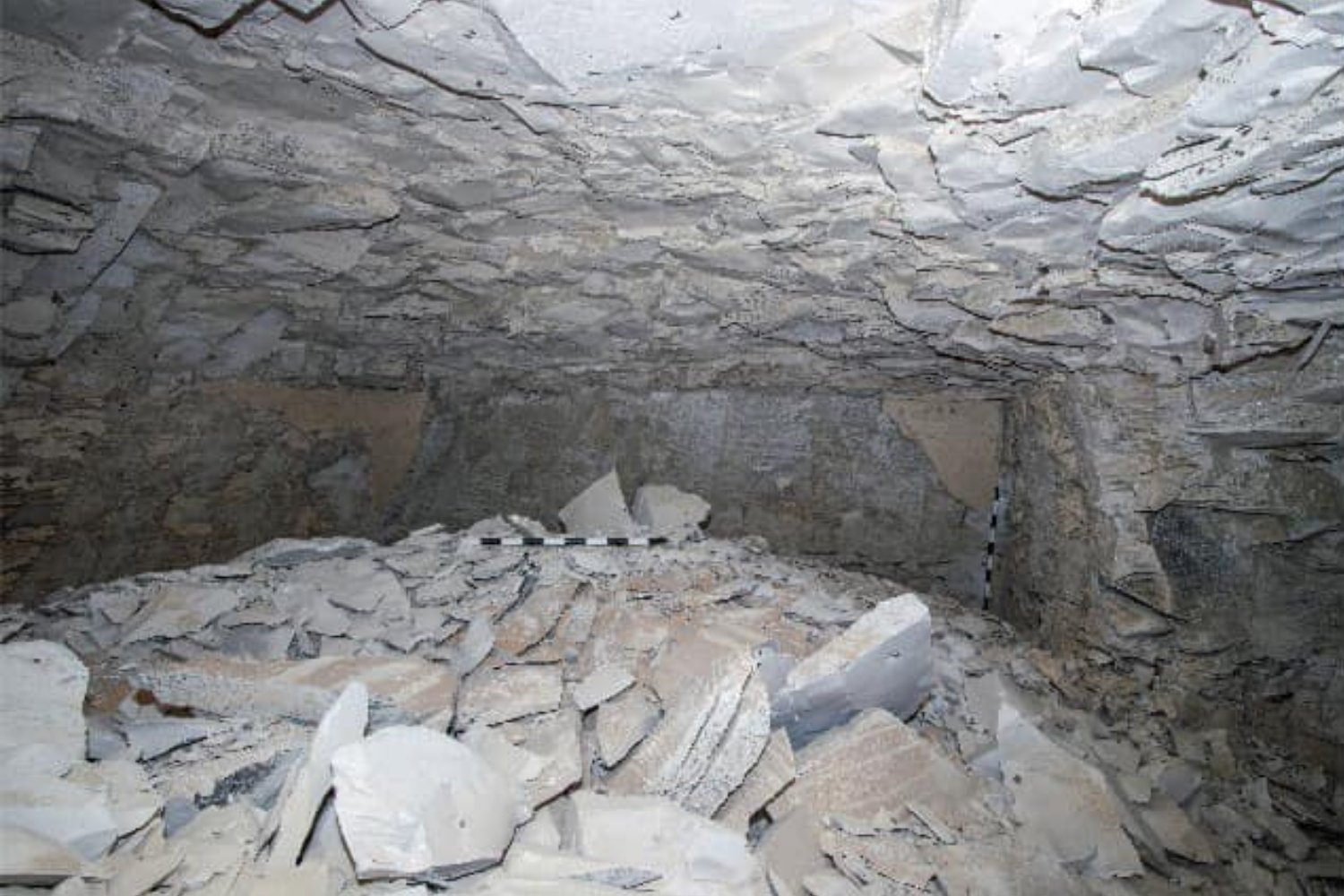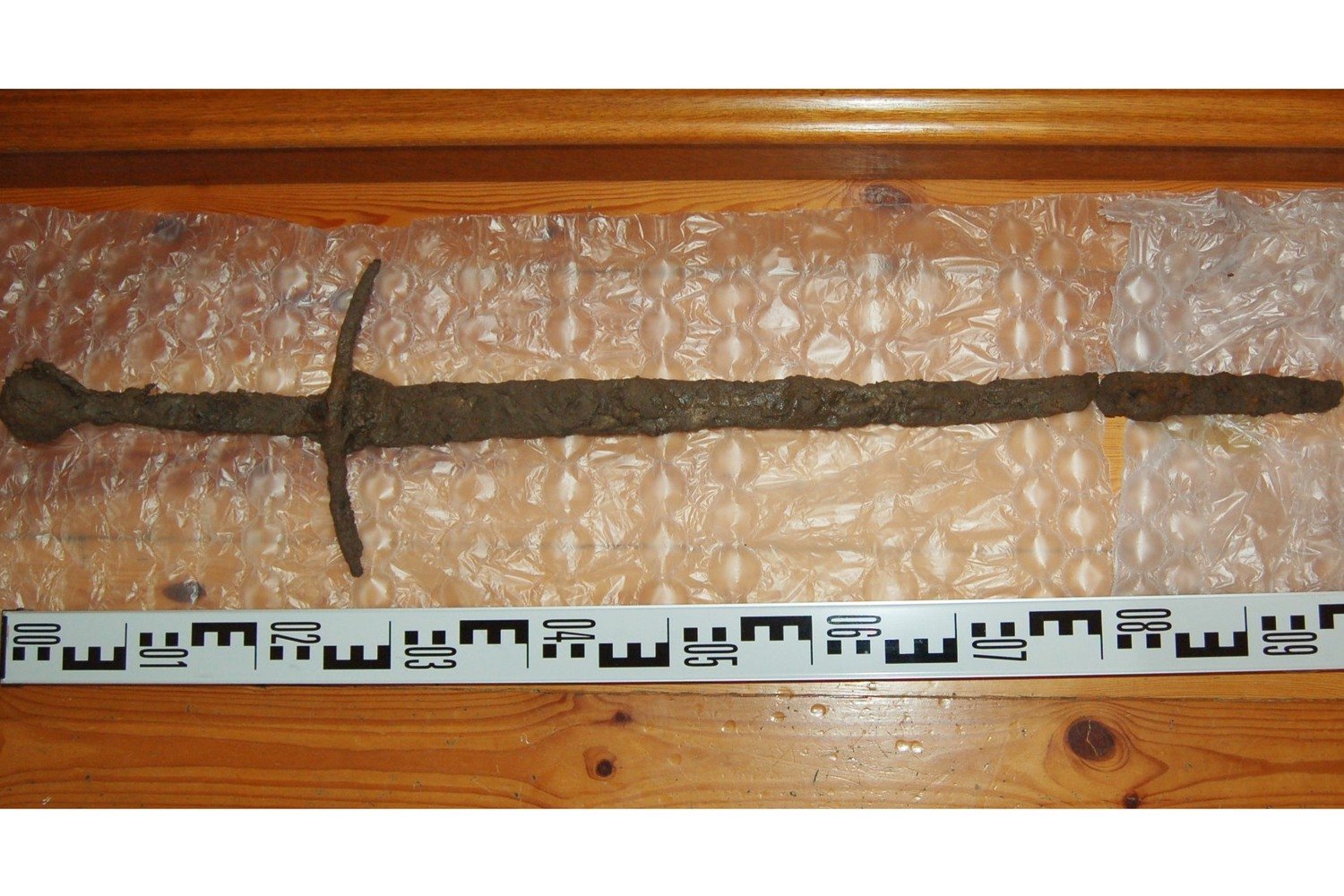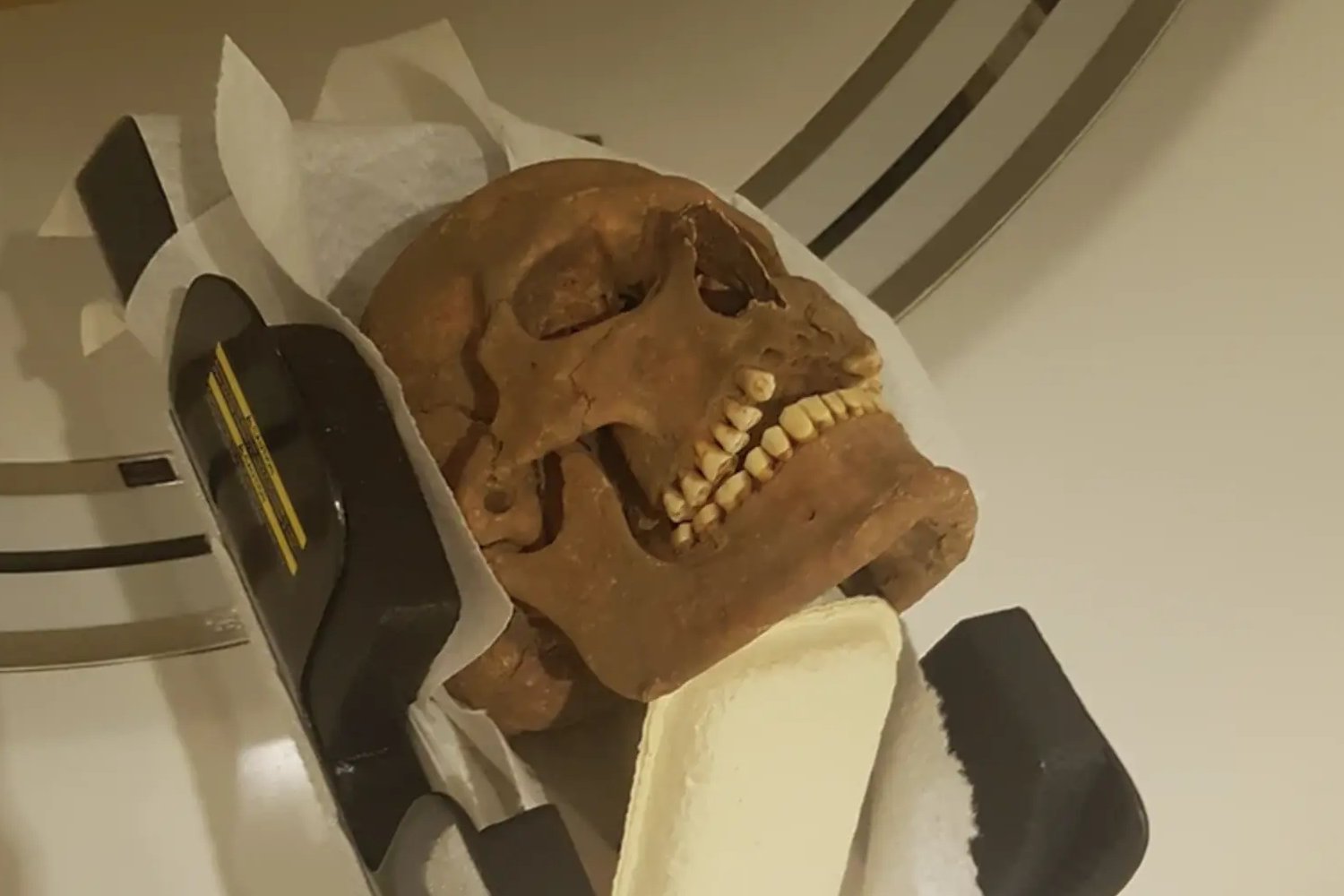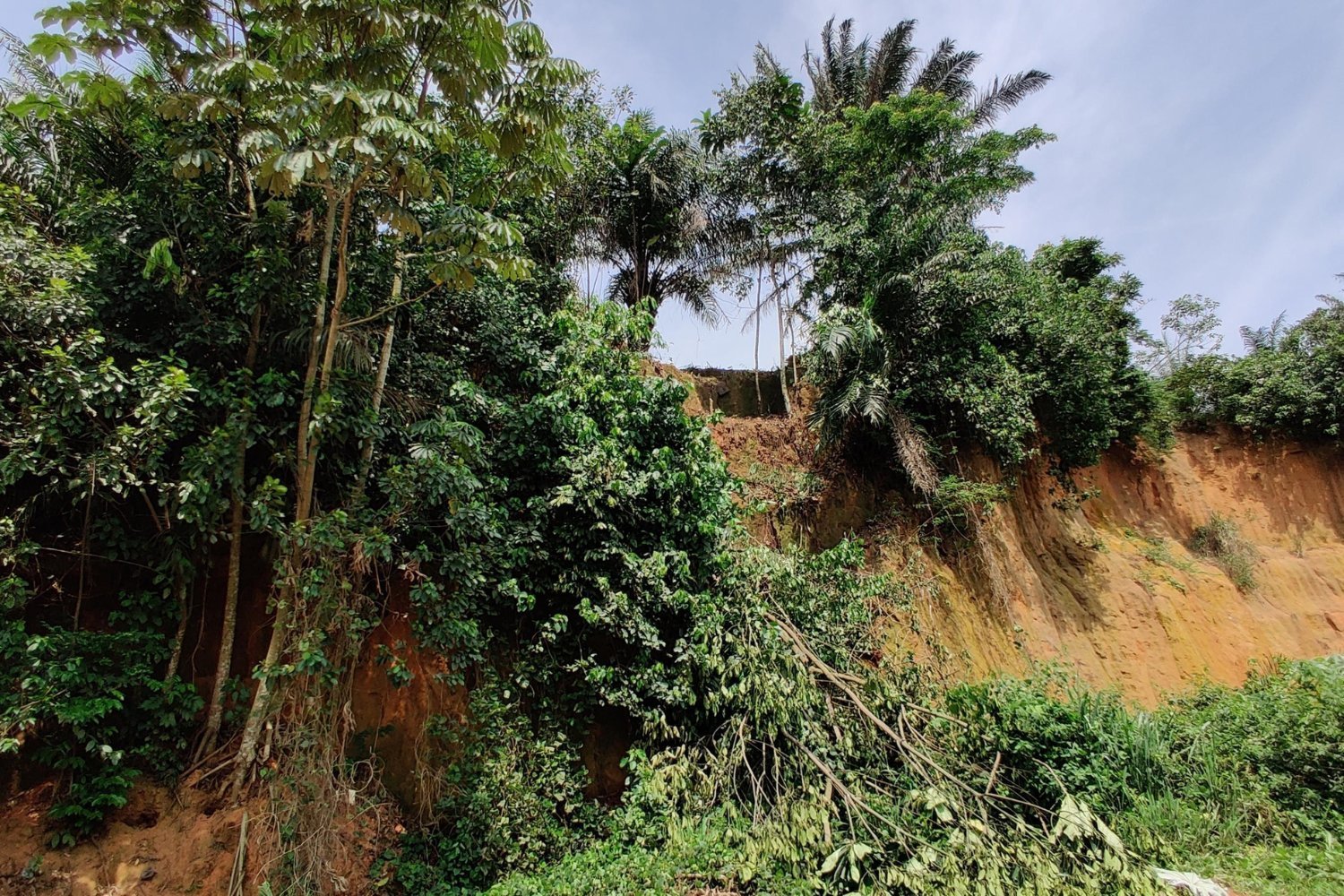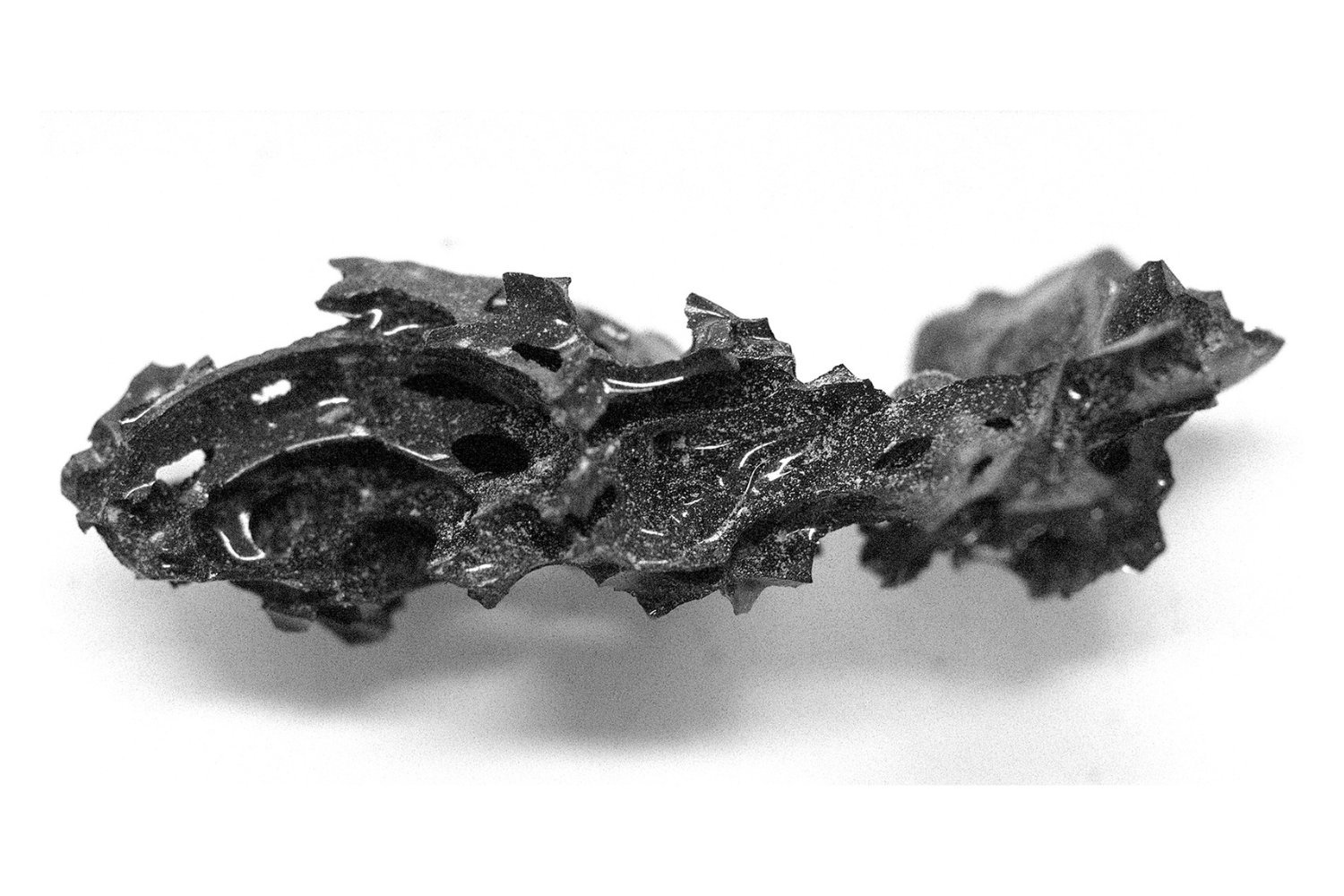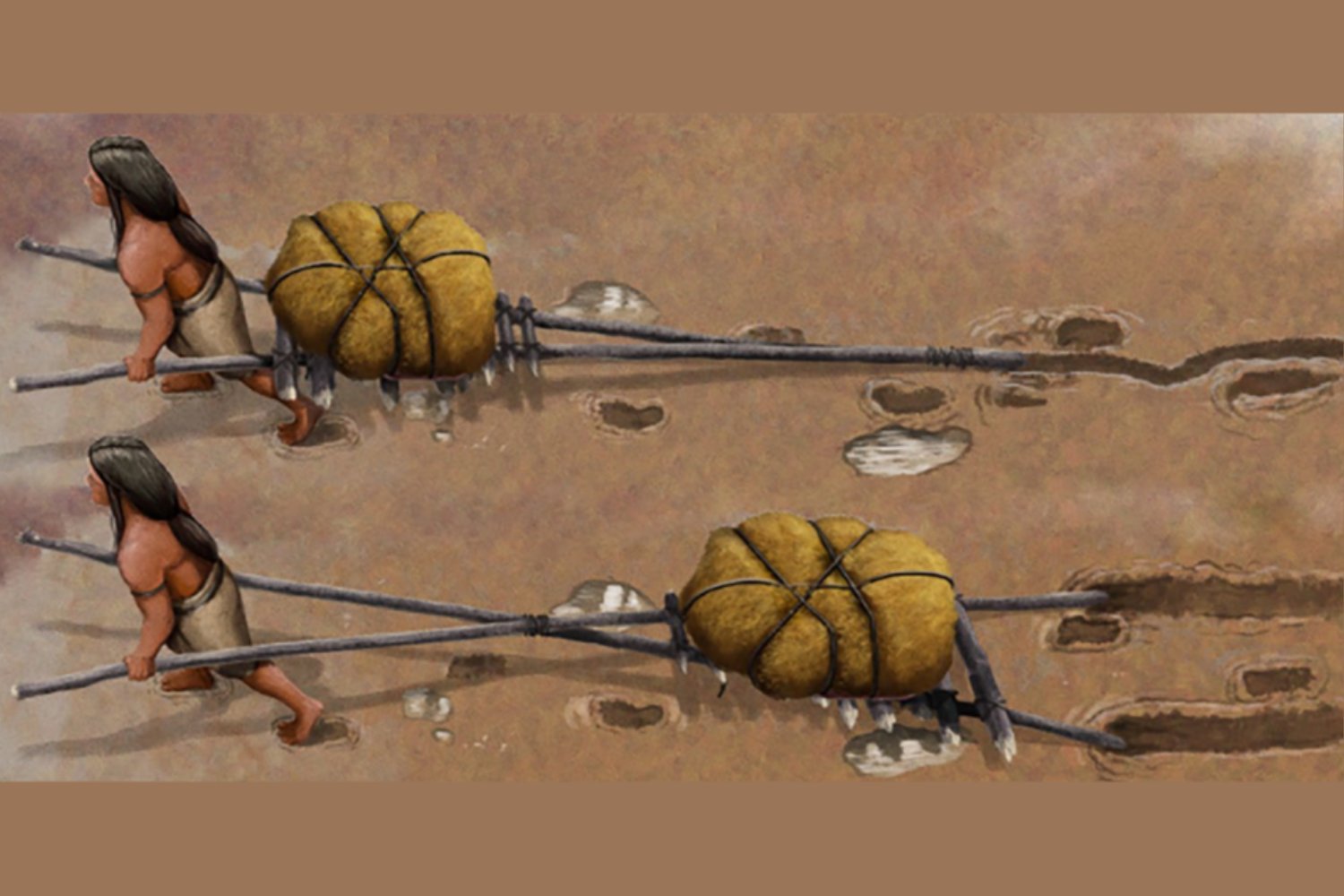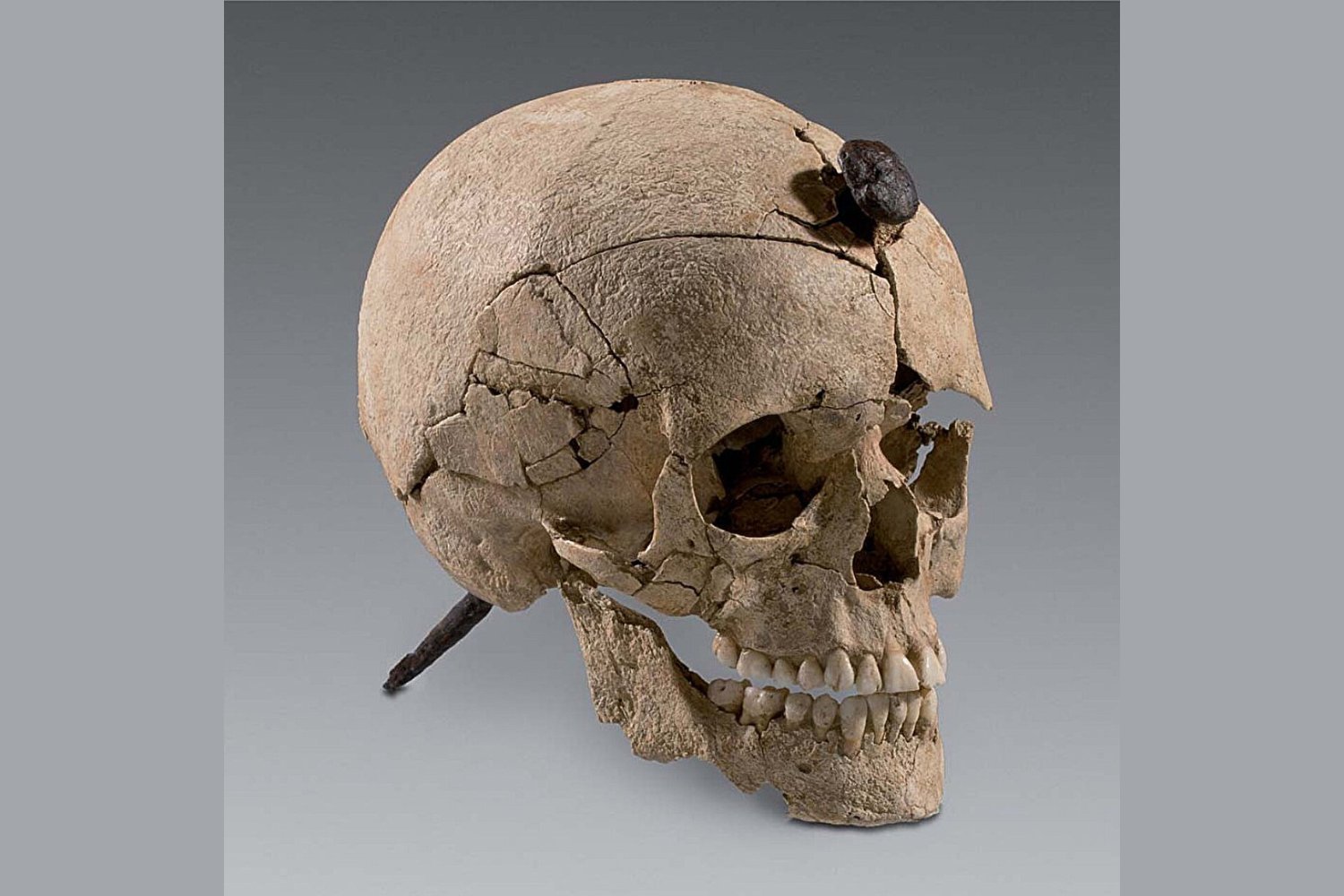The first royal Egyptian tomb since Tutankhamun’s 1922 discovery has been unearthed near Luxor. A joint Egyptian-British archaeological team has located the final resting place of Pharaoh Thutmose II, marking a significant milestone in Egyptology.
This remarkable find ends a century-long drought in royal tomb discoveries, picking up where Howard Carter left off in the Valley of the Kings. While Carter’s unearthing of Tutankhamun’s tomb captivated the world, no other royal burial site had been found until now. The tomb of Thutmose II, labeled C4, offers a new window into ancient Egyptian royalty.
Thutmose II, son of Thutmose I and a minor wife named Mutnefret, had a relatively short reign, estimated to be less than five years, according to the National Museum of Egyptian Civilization. His father, Thutmose I, is perhaps better known for his marriage to Hatshepsut, Thutmose II’s half-sister. Although initially discovered in 2022, recent investigations confirmed C4 as the tomb of a pharaoh, making it the first such discovery since Tutankhamun’s.
The tomb, unfortunately, suffered flooding shortly after Thutmose II’s death, impacting its preservation, according to an Egyptian Ministry of Tourism and Antiquities release. The team believes the original contents were likely relocated due to the water damage. This isn’t the first instance of water obscuring a Thutmose pharaoh’s legacy. Last year, archaeologists discovered large Nile River inscriptions dedicated to Thutmose IV.
The National Museum records Thutmose II’s death around the age of 30, circa 1480 BCE, over a century before Tutankhamun. While Tutankhamun’s tomb overflowed with luxury goods intended for the afterlife, Thutmose II’s tomb, located in Luxor’s C Valley, approximately 1.5 miles (2.4 kilometers) west of the Valley of the Kings, was not as lavishly furnished.
Despite the flooding, the tomb yielded crucial artifacts. Alabaster jars inscribed with Thutmose II’s name and the title “deceased king” confirmed the pharaoh’s burial within. Hatshepsut’s name also appears as the royal consort. Significantly, the expedition uncovered funerary furniture, the first ever attributed to Thutmose II.
Thutmose II’s mummy was not found in the tomb. It was previously discovered in 1881 within the Deir El-Bahari cache, also known as the “Royal Cache,” a reburial site for several mummies from the Valley of the Kings.
Following Thutmose II’s death, Hatshepsut rose to prominence, becoming one of Egypt’s most famous pharaohs, despite her nephew’s later attempts to erase her legacy after her death. https://www.metmuseum.org/exhibitions/listings/2006/hatshepsut
This discovery highlights the ongoing efforts of archaeologists to unveil the past. Last year, part of Ramesses II’s original sarcophagus was found beneath a building in Abydos. The rediscovery of Thutmose II’s tomb joins a growing list of recent archaeological finds, promising further insights into the fascinating world of ancient Egypt in the years to come.



